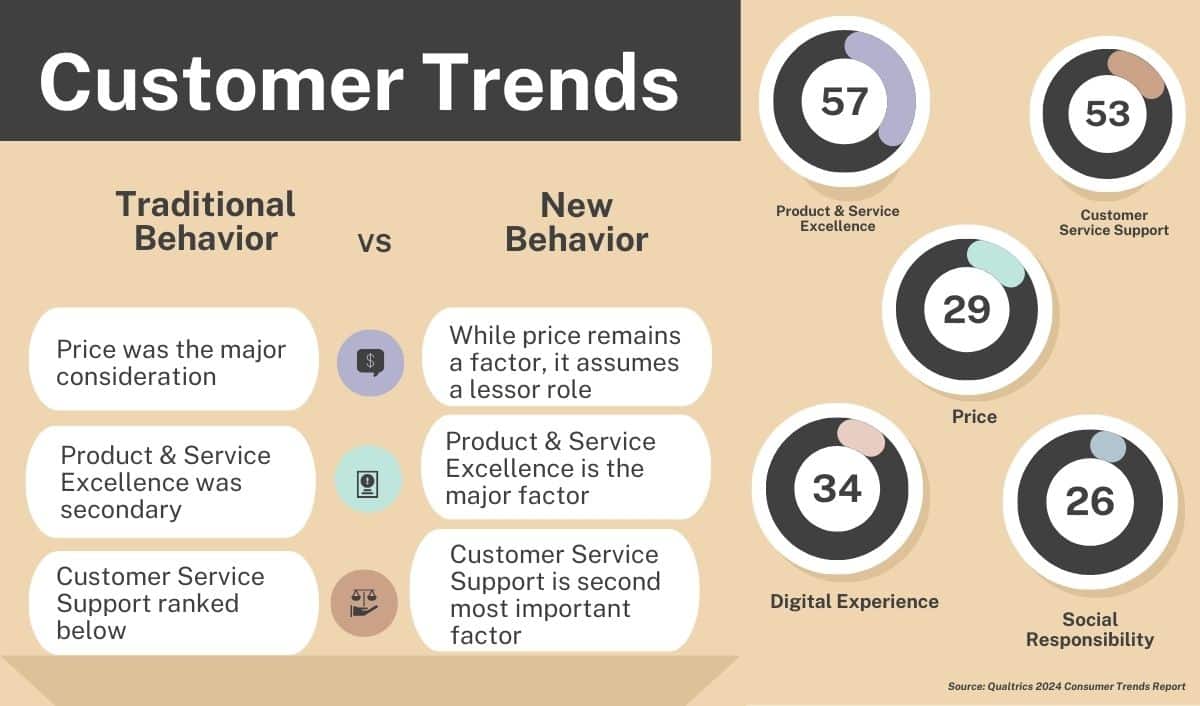Rising Prices Shift Indian Consumer Behavior

As inflation continues to rise in India, consumers are adjusting their shopping habits. The increasing costs of groceries and household supplies are forcing many to opt for smaller pack sizes. This trend is particularly evident in essential categories such as soaps, snacks, and tea. Analysts have noted that the price hikes in these areas are a direct result of commodity inflation, which has seen palm oil prices soar by nearly 30% year-on-year. This article explores the implications of these changes on consumer behavior and the broader fast-moving consumer goods (FMCG) sector.
The Impact of Inflation on Consumer Choices
Inflation is reshaping how Indians shop. Many consumers are now purchasing smaller packs of essential goods. This shift is largely driven by the rising prices of everyday items. For instance, palm oil, a crucial ingredient in many products, has seen significant price increases. As a result, consumers are opting for smaller quantities to manage their budgets effectively.
Analysts from Nuvama Institutional Equities have highlighted that this trend negatively impacts the volume of goods sold. When consumers switch from buying larger packs to smaller ones, it affects the overall sales figures for companies. This change in purchasing behavior is a direct response to the financial strain many households are experiencing.
FMCG companies are feeling the pressure as well. With rising costs, they have been compelled to increase their prices. Major players like Hindustan Unilever and Godrej Consumer Products have raised prices by nearly 10% in recent months. This cycle of price hikes and reduced pack sizes is likely to continue as companies struggle to balance profitability with consumer demand.
FMCG Companies Respond to Changing Market Dynamics
The FMCG sector is facing a challenging landscape due to sluggish growth in urban markets. While rural areas are experiencing some growth, it is not enough to offset the decline in urban demand. High commodity inflation leaves little room for companies to lower prices, which could stimulate consumption.
Saugata Gupta, the Managing Director and CEO of Marico, recently stated that the company is considering additional price hikes in the current quarter. This sentiment is echoed across the industry, as companies grapple with the dual challenges of rising costs and changing consumer preferences.
Brands are now focusing on maintaining lower price points, such as Rs 5, 10, and 20, by reducing the quantity of products in each pack. This strategy, known as shrinkflation, allows companies to keep prices manageable while still addressing inflationary pressures. However, this tactic may lead consumers to explore alternative brands that offer better value for money.
The Call for Policy Incentives in the FMCG Sector
As inflation continues to impact the FMCG industry, there are growing calls for policy incentives to boost mass consumption. Some industry leaders believe that government support could help stabilize prices and encourage consumer spending.
Nestle India, for instance, has faced significant challenges due to rising green coffee prices, which have tripled over the past three years. The company has implemented various cost-saving measures to mitigate these increases before passing on the costs to consumers. A spokesperson for Nestle emphasized the importance of finding efficiencies across the value chain to counteract rising costs.
The current economic climate presents a complex challenge for both consumers and FMCG companies. As inflation persists, the need for strategic adjustments becomes increasingly critical. The industry must navigate these changes carefully to maintain consumer trust and ensure long-term sustainability.
Observer Voice is the one stop site for National, International news, Sports, Editor’s Choice, Art/culture contents, Quotes and much more. We also cover historical contents. Historical contents includes World History, Indian History, and what happened today. The website also covers Entertainment across the India and World.

